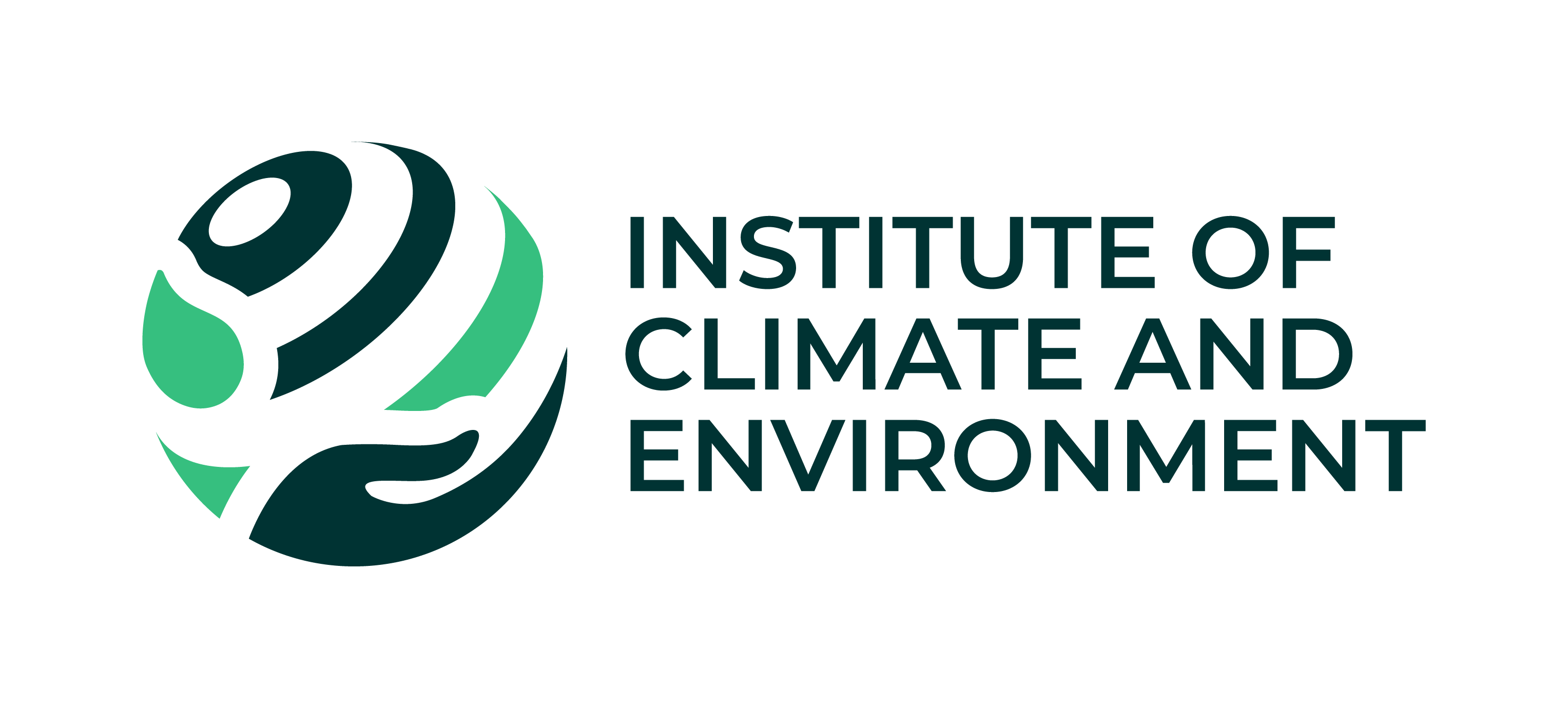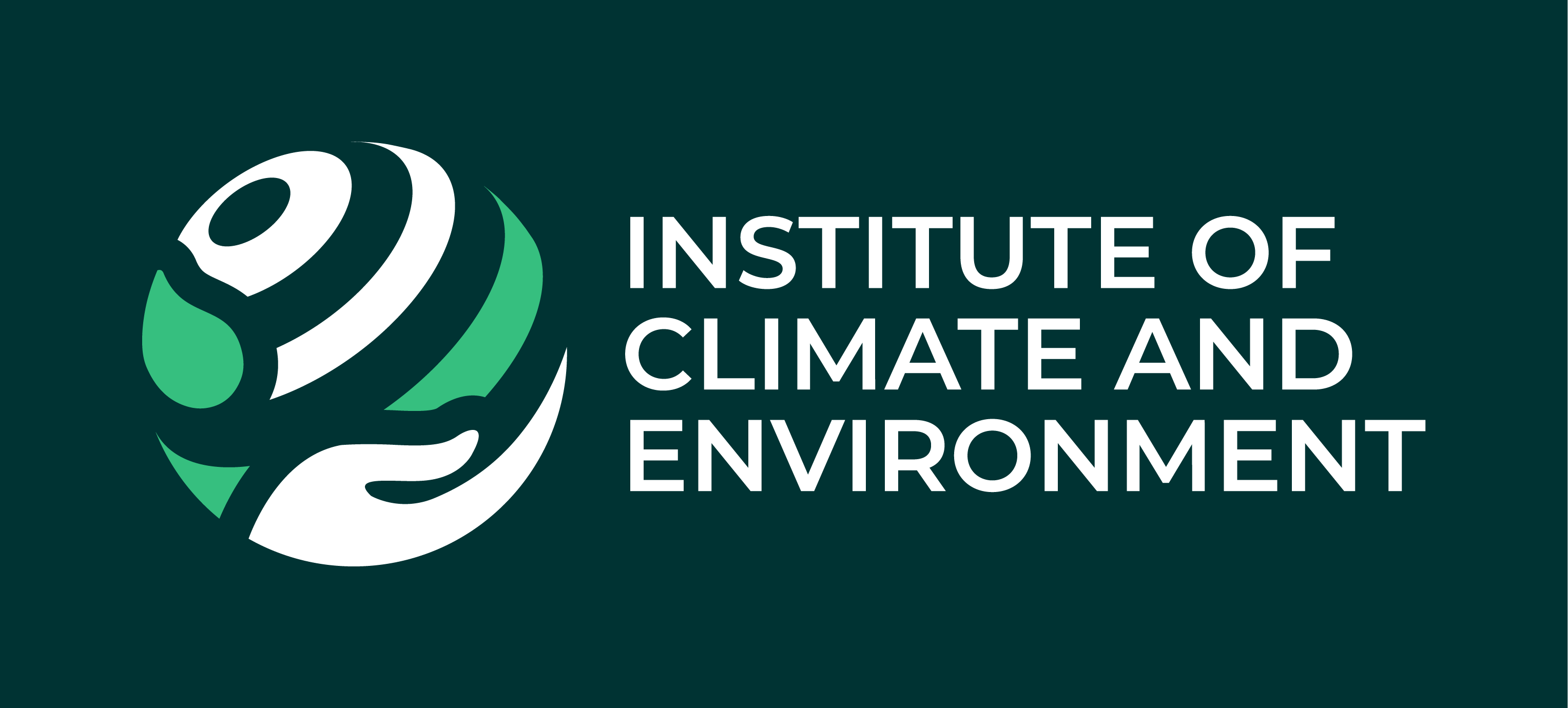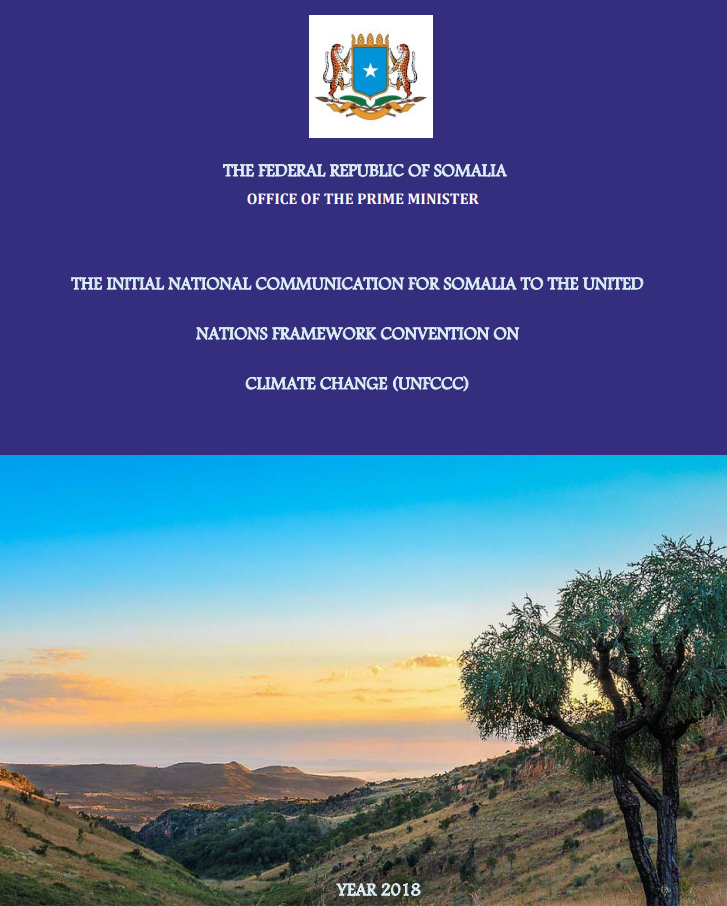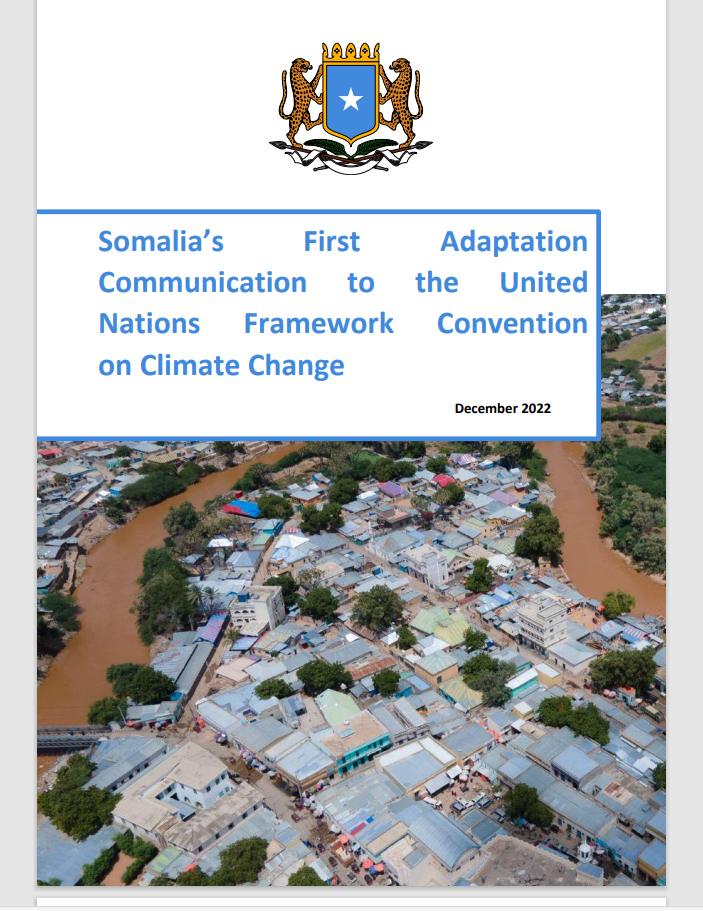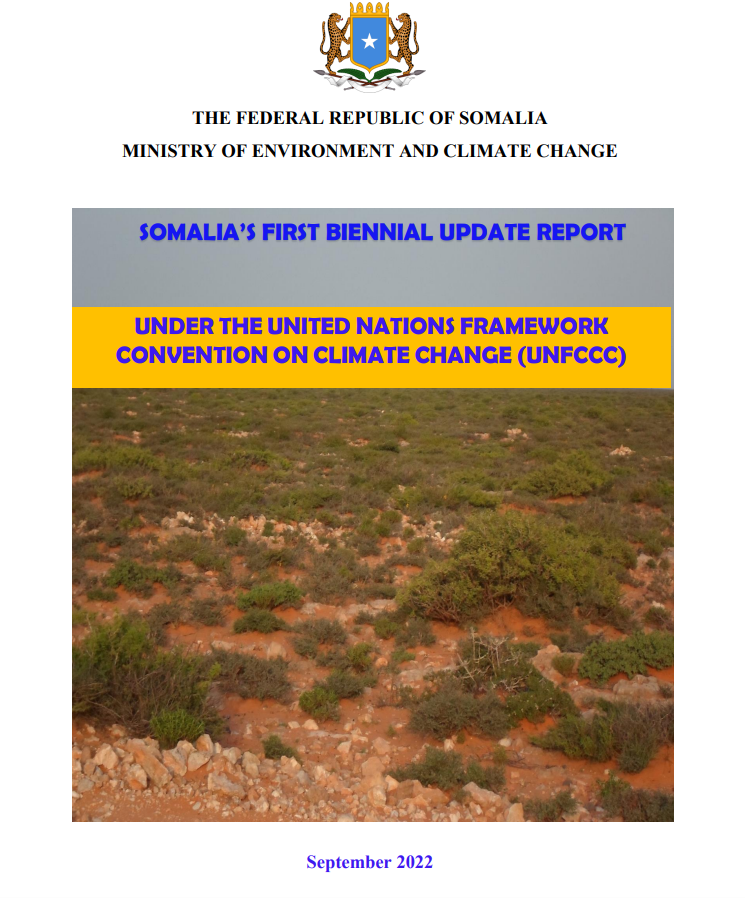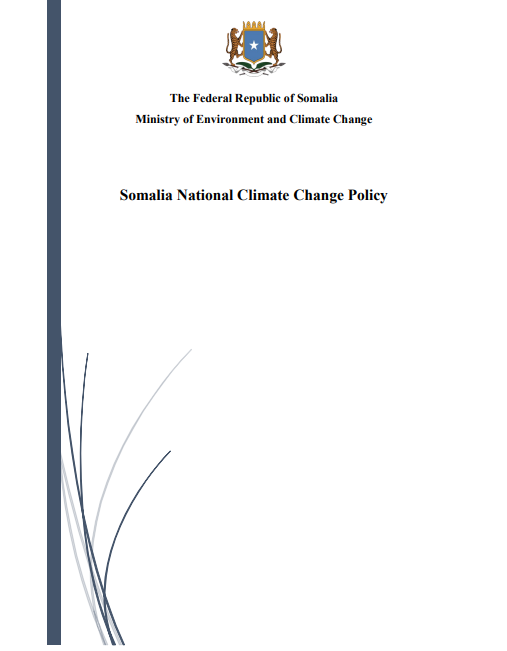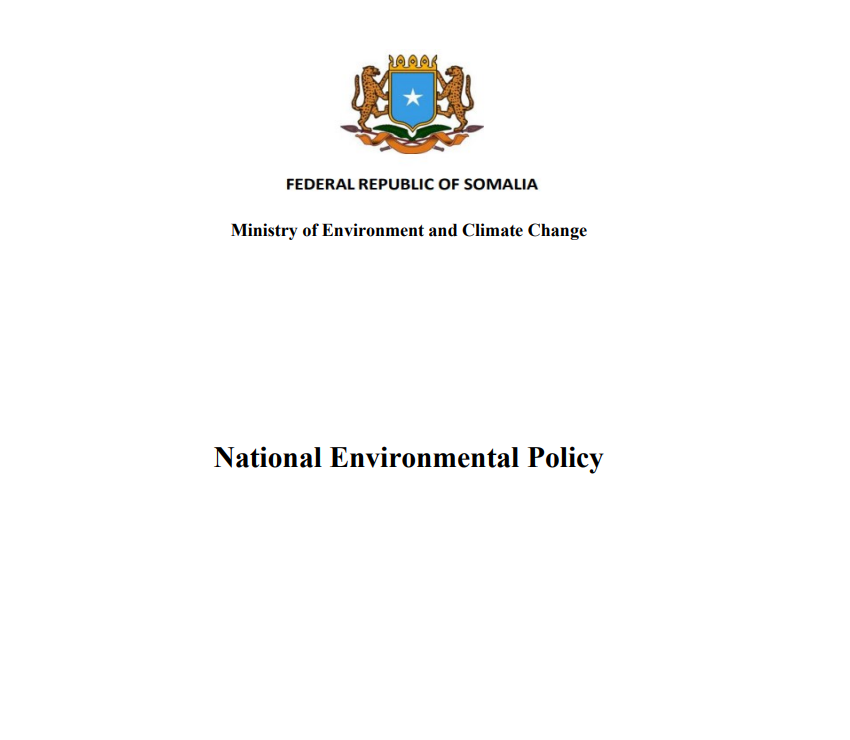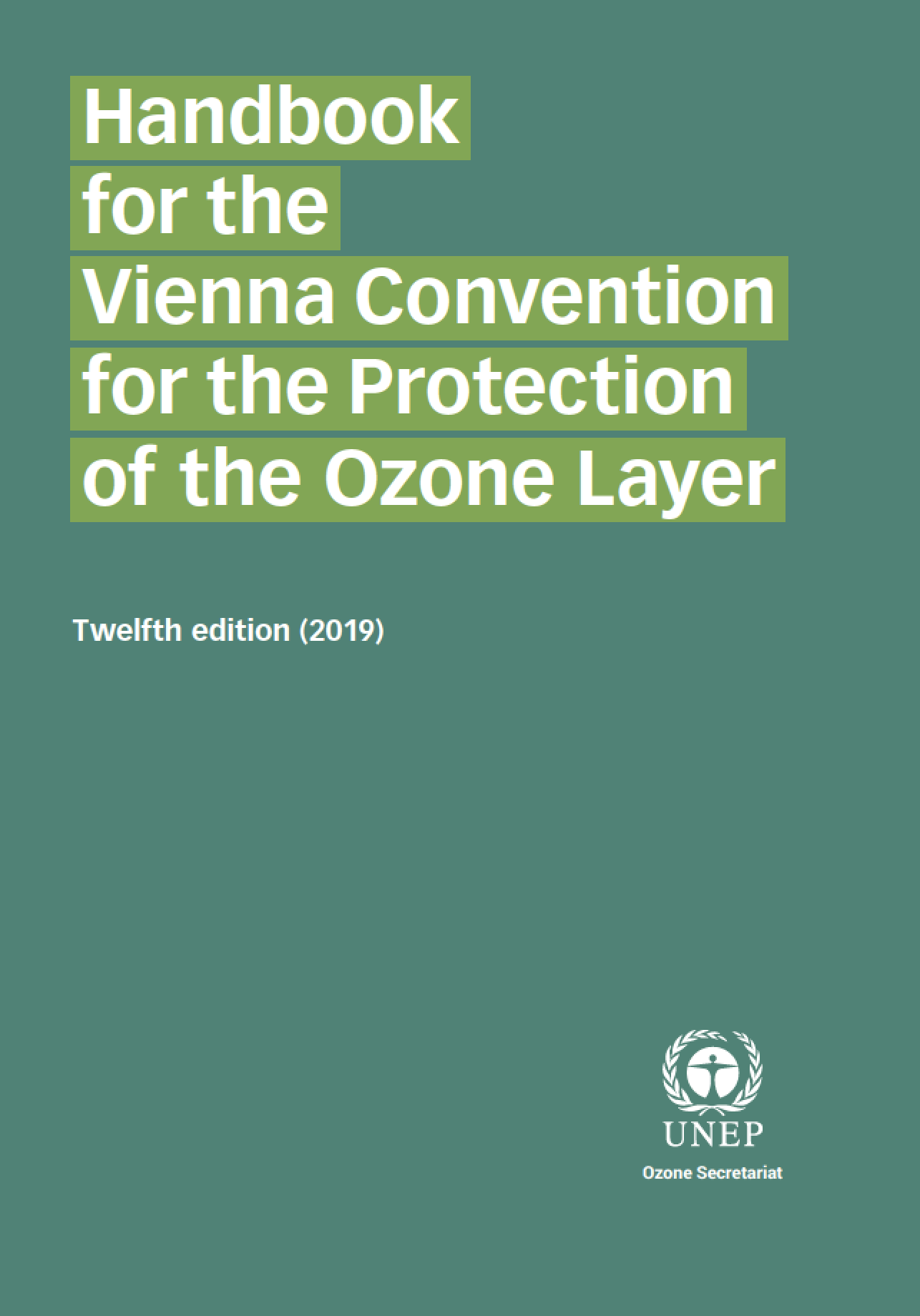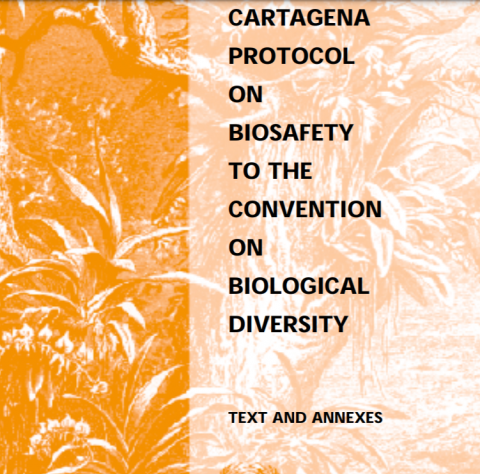THE INITIAL NATIONAL COMMUNICATION FOR SOMALIA TO THE UNITED NATIONS FRAMEWORK CONVENTION ON CLIMATE CHANGE (UNFCCC)
The information contained in this Initial National Communication to the UNFCCC includes; national circumstances influencing climate change actions, the steps taken to implement the convention, the national inventory of anthropogenic emissions by sources and removal by sinks of all greenhouse gases (GHGs) not controlled by the Montreal Protocol, actions taken, informat
Somalia’s First Adaptation Communication to the United Nations Framework Convention on Climate Change
Somalia’s Adaptation Communication (AdCom) is a report designed to reflect the country’s adaptation progress, priorities, and needs going forward. The purpose of the AdCom is to: i) strengthen adaptation action and enhance resilience to the impacts of climate change; ii) increase the visibility and profile of adaptation globally and nationally; iii) improve learni
SOMALIA’S FIRST BIENNIAL UPDATE REPORT
Somalia’s First Biennial Update Report (BUR) to the United Nations Framework Convention on Climate Change to the United Nations Framework Convention on Climate Change (UNFCC). In accordance with the United Nations Framework Convention on Climate Change (UNFCCC), the Federal Republic of Somalia is hereby submitting its First Biennial Update Report (BUR). The report f
Somalia National Climate Change Policy
The Federal Republic of Somalia recognizes the urgent need to address the pressing challenges posed by climate change. As a nation in the Horn of Africa, Somalia is acutely vulnerable to the impacts of a changing climate, including extreme weather events, rising sea levels, and disruptions to its ecosystems. To confront these challenges and pave […]
National Environmental Policy
After decades of conflict, Somalia has taken steps towards long-term peace. The country has crafted a National Development Plan as a basis for future plans and policy developments. Against this background, the National Environment Policy is a response to our national commitment to a clean environment, mandated in the Provisional Constitution under Articles 25, 45, [&h
Montreal Protocol on Substances that Deplete the Ozone Layer
The Montreal Protocol is an international treaty designed to protect the Earth’s ozone layer by phasing out the production and consumption of substances known to cause ozone depletion. These substances include chlorofluorocarbons (CFCs), hydrochlorofluorocarbons (HCFCs), halons, and other ozone-depleting chemicals. The protocol was adopted in 1987 and has been a
Vienna Convention for the Protection of the Ozone Layer
The Vienna Convention for the Protection of the Ozone Layer adopted in 1985 aimed toprotect human health and the environment against the adverse effects resulting frommodifications of the ozone layer. It was followed shortly afterwards by the adoption of itsMontreal Protocol on Substances that Deplete the Ozone Layer in 1987.The ozone layer serves as a […]
Stockholm Convention on Persistent Organic Pollutants
The Stockholm Convention on Persistent Organic Pollutants (POPs) is an international treaty established to address the harmful effects of certain toxic chemicals that persist in the environment, bioaccumulate in living organisms, and pose risks to human health and ecosystems. The convention aims to eliminate or restrict the production, use, and release of these POPs,
Kyoto Protocol to the United Nations Framework Convention on Climate Change
The Kyoto Protocol is an international treaty linked to the United Nations Framework Convention on Climate Change (UNFCCC). It was adopted in 1997 and came into force in 2005. The protocol aimed to address global climate change by setting legally binding emission reduction targets for developed countries. These targets were collectively known as “quantified emis
The Cartagena Protocol of the convention on biological diversity
The Cartagena Protocol on Biosafety is an international treaty under the Convention on Biological Diversity. It addresses the safe transfer, handling, and use of living modified organisms (LMOs) resulting from modern biotechnology, to ensure the conservation and sustainable use of biodiversity. The protocol promotes information sharing and risk assessment, aiming to m

